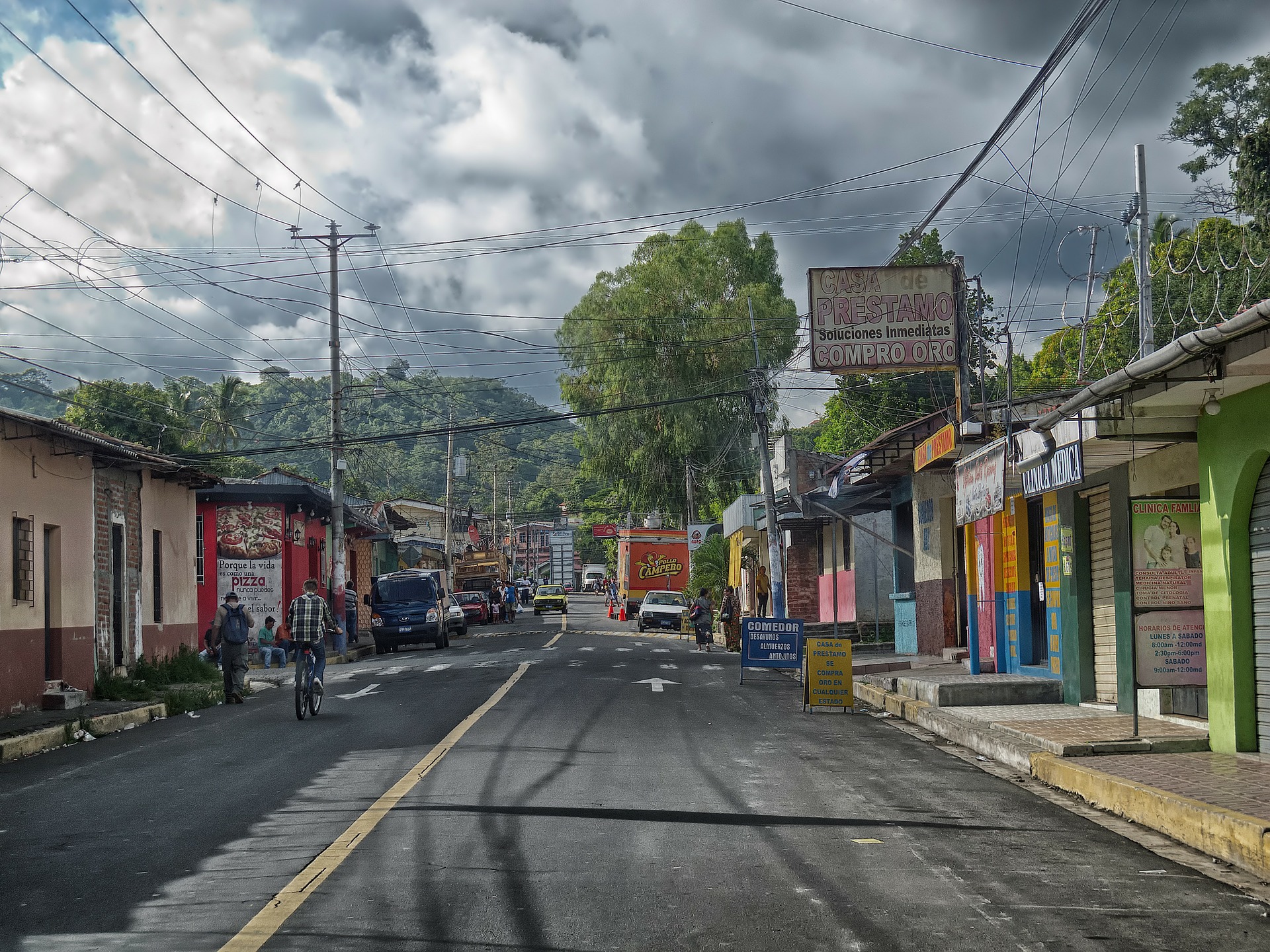
Social unrest is something that the world has seen a lot throughout history. Pandemics, which can lead to job loss and food insecurity, only exacerbate the issue. Over time, people have experienced the Black Death, Spanish Flu and COVID-19.
Historical Ties
World history is full of examples that show pandemics being incubators for social unrest. In an article on the history of epidemics, the author stated, “academics have warned that the level of social unrest around the world may spike once the COVID-19 pandemic is over.” This is a common theme following epidemics. Massimo Morelli, a professor of political science, and Roberto Censolo, an associate professor at the University of Ferrara, studied evidence on protest and unrest. Between the Black Death in the 1300s and the Spanish Flu in 1918, there were around 57 epidemics. Of those, only four did not have a clear connection to the outbreaks.
This study showed that epidemics and pandemics can lead to social unrest in three ways:
- Policies that try to curb the spread of disease can conflict with people’s interests
- The pandemic’s impact on mortality and the economy can worsen societal inequalities
- The psychological shock can lead people to believe irrational narratives about the disease and its spread
Recently examples of the third example have occurred in regards to the COVID-19 pandemic. Nicknames like the “kung flu” and the “China virus” have caused rifts between the Asian community and people using phrases like those. This has only further exacerbated the racial divide in the United States. Any one of the above factors could make people quite aggressive when the pandemic ends.
Current Events
During the first half of 2021, Cuba, South Africa, Colombia and Haiti have had violent protests with their citizens hitting the streets. Each country has faced pre-existing economic, social and political hardships that the COVID-19 pandemic inflamed. For Haitian citizens, this culminated after the assassination of President Jovenel Moïse. Additionally, existing tensions in countries around the world are morphing into civil unrest and protest against inequalities deepened by the pandemic. COVID-19 has worsened the weaknesses in food insecurity and increased the number of people affected by chronic hunger. With these factors in mind, perceptions have determined that the spike in global unrest and long-term rebellion will continue.
Economic and Political Impacts
Pandemics unquestionably cause long-term economic effects globally. By straining economies, COVID-19 could be the source of potential political instability, which increases the number of people living below the poverty line. Curbing a pandemic takes a lot of work including:
- Imposing quarantines
- Preparing health facilities
- Isolating infectious cases
- Implementing an effective contact tracing system involving public health resources, human resources and implementation costs
This also includes the cost of creating antibiotics and providing medical supplies and personal protective gear. Frontiers in Public Health stated that “Pandemics can also result in declined tax revenues and increased expenditure, which causes fiscal stress, especially in lower-middle-income countries (LMICs) where fiscal constraints are higher.” Labor shortages, restricted travel or trade and disruption of transportation are factors in how pandemics tie into global poverty.
In addition to the points above, pandemics can cause clashes between nations and populations that have experienced displacement. In nations with weak institutions, pandemics can cause political tensions and unrest, like what is currently happening in Cuba. The pandemic exacerbated economic hardships, leading to civil unrest and protests.
Future Avoidance
People cannot do anything to stop pandemics from happening, but they can change the fallout and subsequent social unrest. History has shown that epidemics more often than not lead to social and political unrest. To avoid that in the future, it is necessary for countries to better prepare themselves. Authorities should take into account how prevention methods affect people’s lives. Next, it is essential to set up programs to account for businesses closing. Furthermore, countries should implement more mental health care so that people do not suffer. Finally, people must consider the economic divide and those living in LMICs.
– Ariel Dowdy
Photo: Flickr
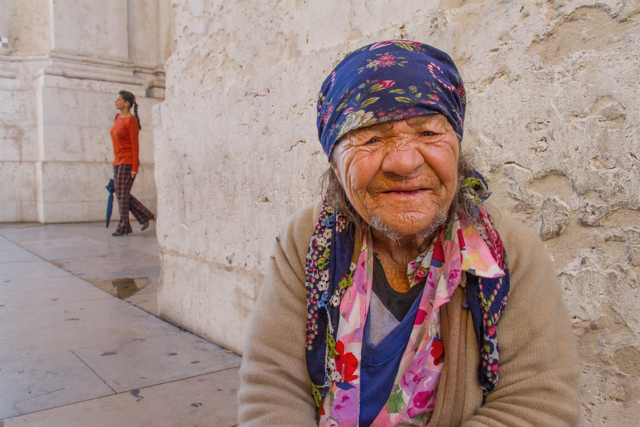 COVID-19 has heavily impacted the way people live, even more so for those living in poverty. According to a report published by Agencia EFE Portugal, 21.6% of Portugal’s citizens were already at risk of poverty before the outbreak of COVID-19. Unfortunately, the socio-economic consequences of COVID-19 have pushed thousands of people to poverty.
COVID-19 has heavily impacted the way people live, even more so for those living in poverty. According to a report published by Agencia EFE Portugal, 21.6% of Portugal’s citizens were already at risk of poverty before the outbreak of COVID-19. Unfortunately, the socio-economic consequences of COVID-19 have pushed thousands of people to poverty.
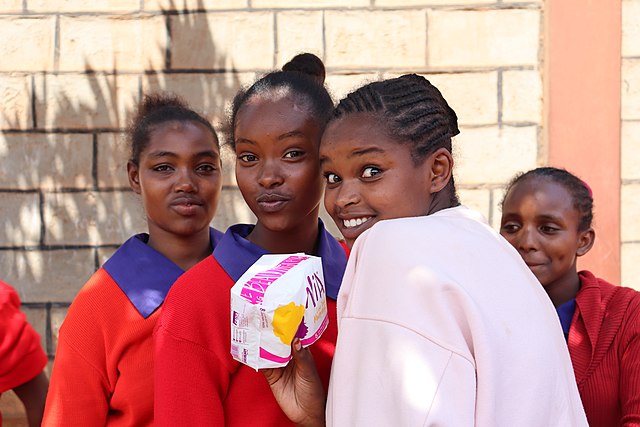 Period poverty in Kenya, or poor access to menstrual hygiene facilities, products and education, marginalizes women. In the year 2016, “a report funded by the Bill and Melinda Gates Foundation” noted that about
Period poverty in Kenya, or poor access to menstrual hygiene facilities, products and education, marginalizes women. In the year 2016, “a report funded by the Bill and Melinda Gates Foundation” noted that about  On July 17, 2021,
On July 17, 2021, 
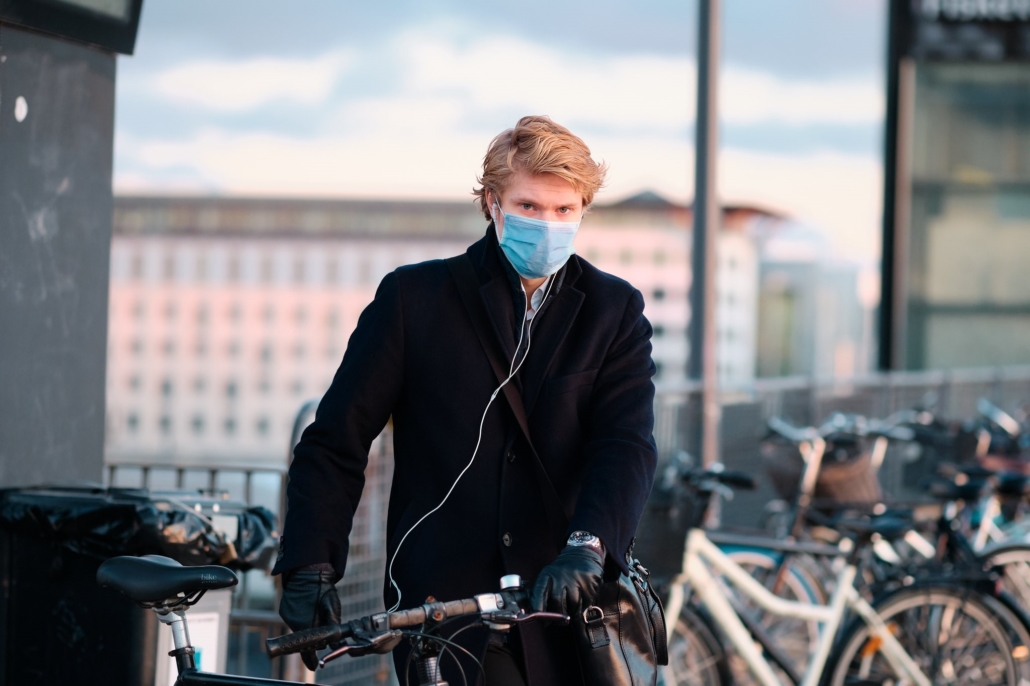 In 2020, a global health outbreak shut down countries all around the world. The coronavirus outbreak damaged economies and businesses and led to the
In 2020, a global health outbreak shut down countries all around the world. The coronavirus outbreak damaged economies and businesses and led to the 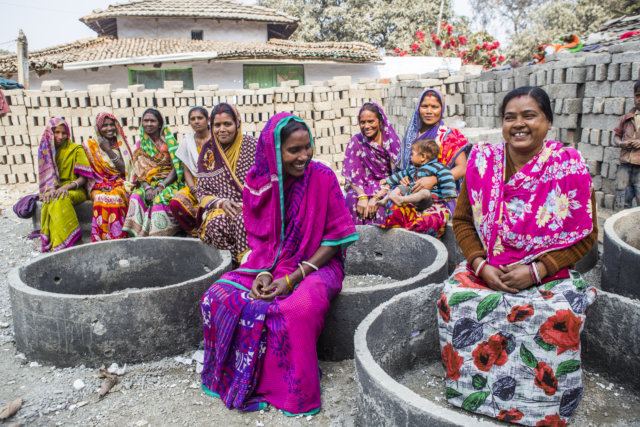 In early April 2021, India experienced a
In early April 2021, India experienced a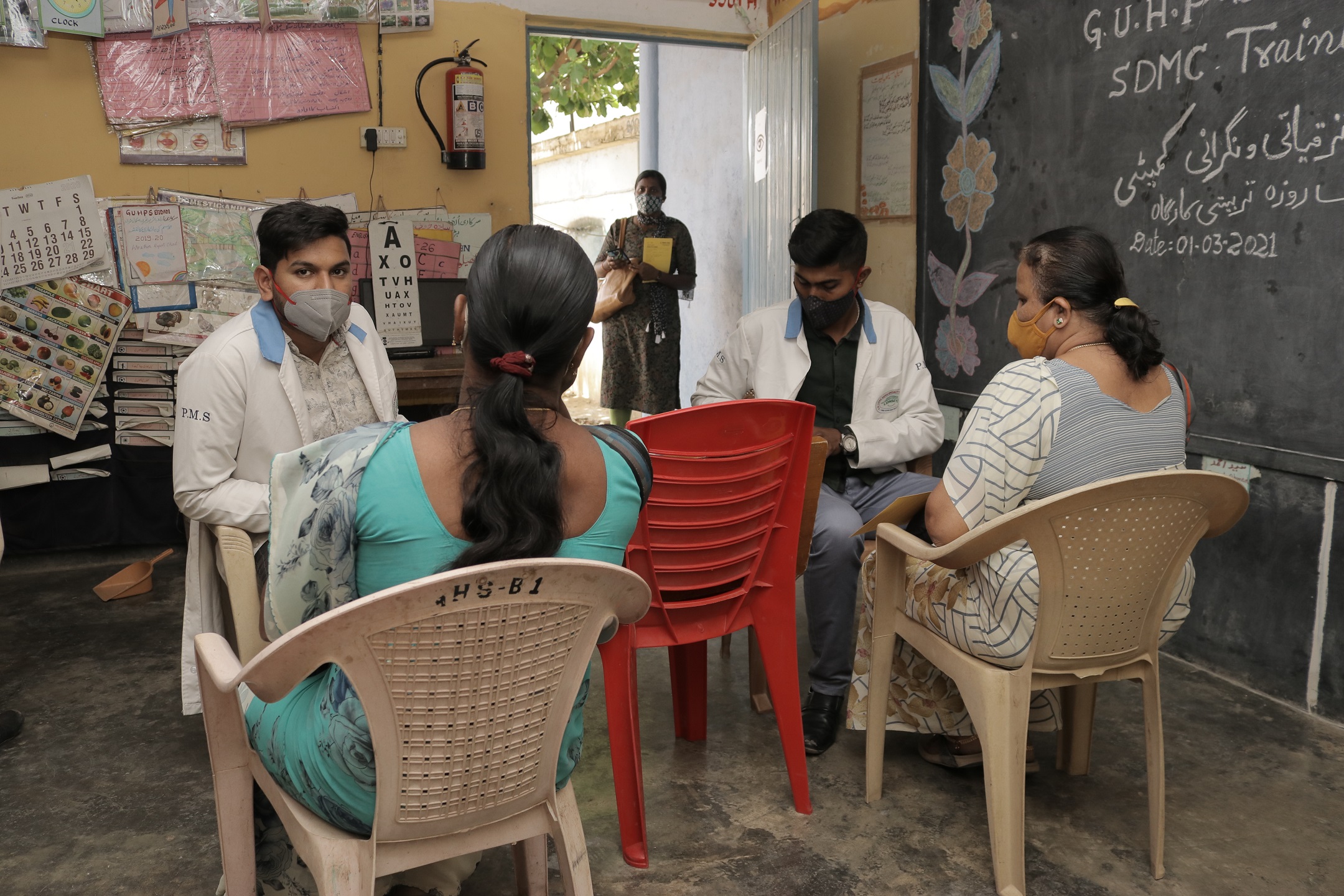 Areas like North America are seeing growth and recovery from the COVID-19 pandemic. However, there are still places in the world suffering from what came with living through the pandemic, especially the rise in poverty and economic struggles. COVID-19’s impact on poverty in India is especially concerning. In India, estimates determined that about
Areas like North America are seeing growth and recovery from the COVID-19 pandemic. However, there are still places in the world suffering from what came with living through the pandemic, especially the rise in poverty and economic struggles. COVID-19’s impact on poverty in India is especially concerning. In India, estimates determined that about 